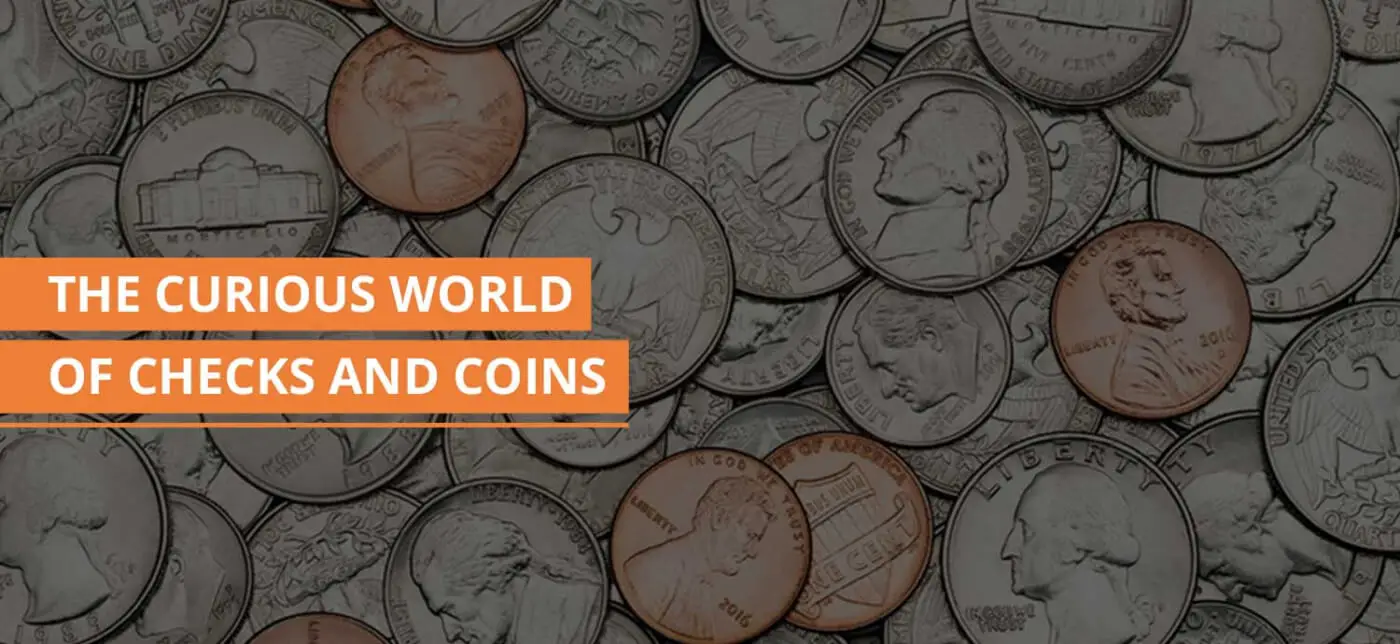Keep pace with the rapidly evolving fintech industry by subscribing to the BIGcast Network. Get weekly insights from industry leaders John Best and Glen Sarvady, delivered straight to your preferred podcast platform. Join our community and stay informed about the latest trends shaping the credit union industry. Subscribe today and ensure you’re always ahead of the curve.

The Curious World of Checks and Coins
Of all the havoc the coronavirus has wreaked on daily life, disruptions to payments behavior hardly tops the average consumer’s list. Nonetheless these impacts are real, and they matter quite a bit to leaders of credit unions and other financial services firms. The Federal Reserve has performed a wealth of valuable research recently in this area- last week’s BIGCast interview with the Atlanta Fed’s Claire Greene delves into many of these reports. Here’s a brief overview of a few surprising trends.
Don’t Count Out Cash Yet
I’ve lost count of the number of epitaphs I’ve read for paper currency and coins. While the Fed’s Diary of Consumer Payment Choice confirms that cash is indeed losing favor as a means of exchange it continues to be quite common, particularly for transactions of $10 or less. COVID-19 seems like the type of watershed event that could permanently alter consumer behavior.
Fed data collected during the March-May height of commercial disruption documented a shift from cash to card as well as an uptick in contactless card usage. Hygiene concerns around cash (which are largely refuted by this BIS article) have led many experts to forecast acceleration in cash’s demise. According to the San Francisco Fed’s analysis, such predictions may be premature. For obvious reasons, cash use is concentrated in in-person settings- precisely the types that vanished during lockdowns.
Consumers’ desire to use cash on site does not appear to have changed materially, and merchants do not seem to be refusing cash in significant numbers. (Anecdotally, some small businesses that I saw implement “card only” policies in April-May have since returned to accepting cash.) As we return to in-person shopping at local stores- and if we don’t, we have a bigger problem- the long-term reduction in cash usage may not be as severe as advertised.
(Don’t) Keep the Change
This brings us to an even odder situation- you’ve probably begun to see signs at cash registers referring to a “national coin shortage.” It’s a big enough problem that the Fed convened a task force to address the issue and launched a social media awareness campaign to #keepcoinmoving.
On first glance the situation is counter-intuitive; if consumers aren’t shopping in stores, and those that do are avoiding cash, how can there be a shortage? Here’s the twist- merchants still need to replenish their cash drawers, so they can make change for customers paying with bills. Meanwhile, fewer customers are carrying coins with them, content to let them collect in pickle jars at home.
Against that backdrop, the same behavior that fueled the paper towel shortage winds up impacting coins. Rather than relying on banks (some of which began rationing shipments) to replenish their cash drawers, merchants started hoarding their own stockpiles. In turn FIs followed suit rather than returning coins to a single Fed repository. A bunch of mini-reserves is far less efficient than a single large one.
Like the paper towel shortage, this supply shock will likely take care of itself- credit unions have reported unusually high volumes of coins being returned to newly reopened branches by members. But if you have a jar of coins sitting around at home, you know what to do….
Check, Please?
The Fed’s Check Sample Survey is based on data that predates the pandemic, but reveals interesting trends nonetheless. Declines in check usage returned to the roughly 7% annual level experienced from 2006-2012, following a three-year period in which the rate of decline had slowed. Checks written by consumers and businesses are falling at similar rates, while the average dollar value of a check written is steadily increasing.
Given the popularity of P2P mobile apps like Venmo and Zelle it’s surprising that consumer-to-consumer check usage has not fallen more dramatically. However, even the average value of these items has spiked, implying that consumers may see P2P apps as better suited to small dollar exchanges that may more often displace cash than check. The Fed has newly added check returns data to this study, revealing interesting twists regarding which checks written don’t ultimately process.
The Fed is already back in the field with surveys tracking consumer payments behavior as lockdowns are lifted. There will be no shortage of interest- among payments geeks like me, at least- in tracking how these trends play out.
